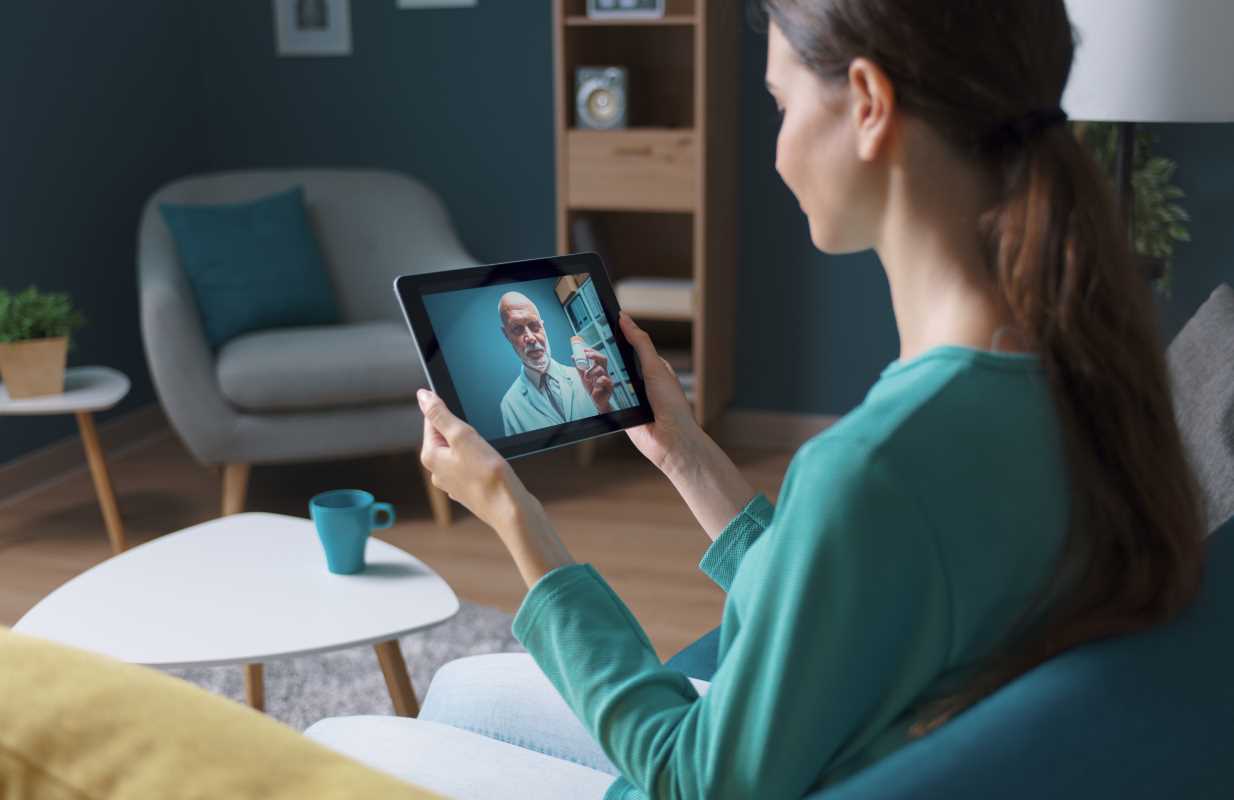Picture this: you’re in your pajamas at home, sipping tea, and instead of dragging yourself to a doctor’s office, you open your laptop for a virtual check-up. Sounds like the future, right? Well, it’s already here. Telehealth has transformed the way many people seek medical care, and it’s showing no signs of slowing down. Over the last few years, virtual doctor visits have become a staple of healthcare, making care more accessible, flexible, and sometimes even quicker.
What started as a niche option has now gone mainstream, bridging the gap for millions of patients. From regular follow-ups to mental health counseling, telehealth is no longer just an alternative. It’s a frontrunner in reshaping how we think about seeing a doctor. Understanding these trends can give you a better idea of what to expect as telehealth continues to evolve.
The Rise of Telehealth
Telehealth skyrocketed into the spotlight during the pandemic, when in-person visits were limited by necessity. Out of the chaos emerged a simple solution that worked surprisingly well for both doctors and patients. Suddenly, people could address health concerns without sitting in a waiting room or risking exposure to illness.
Even now, telehealth retains its popularity for its sheer convenience. Imagine skipping the commute, the parking woes, and the endless magazines in the waiting area. Virtual visits are a game-changer for anyone with a busy lifestyle, chronic conditions, or limited transportation options. They also open doors for people in rural or underserved areas to connect with healthcare providers they may not otherwise have had access to.
On the doctor’s side, telehealth offers tools to streamline workflows and effectively manage patient needs. While not every ailment can be diagnosed over a video call, telehealth is proving effective for a wide variety of concerns, from minor illnesses to long-term care management.
Benefits That Go Beyond Convenience
The obvious perk of telehealth is convenience, but it offers so much more than just saving you a trip to the clinic. One of its major advantages is accessibility. For people living in remote areas, telehealth can make a world of difference. Instead of traveling hours to find a specialist or even a general practitioner, appointments are now just a click away.
Another key benefit is efficiency. With virtual visits, there’s less waiting time and more focus on the issue at hand. Doctors and patients can connect quickly, and follow-ups are easier to schedule. This streamlined communication often leads to improved care outcomes, especially for those managing chronic conditions that require frequent check-ins.
Mental health services have particularly flourished through telehealth. The stigma of walking into a therapist’s office has given way to the privacy of speaking from home, making therapy more approachable. Additionally, telehealth ensures better continuity of care, as patients can connect with the same providers regardless of location, even during travel or relocation.
For parents juggling their own responsibilities while caring for kids, virtual pediatrician visits have been a relief. Addressing minor symptoms at home instead of bundling everyone up for a trip to the doctor makes life just a little easier.
Popular Trends in Telehealth
One of the most fascinating aspects of telehealth is how it continues to grow and diversify. Early telehealth visits mostly revolved around general medicine, but now the scope has broadened into specialties you might not expect. Virtual physical therapy sessions allow patients recovering from surgeries or injuries to perform guided exercises at home. Dermatology consultations enable people to share images of skin concerns and receive treatment plans without needing to book long-awaited in-office visits.
Technology has played an enormous role in expanding telehealth’s abilities. Remote Patient Monitoring (RPM) devices such as blood glucose monitors and fitness trackers feed real-time data to healthcare providers, enabling them to assess and adjust care more proactively. Lifestyle counseling, including nutrition advice and chronic disease management programs, has also made its way into telehealth platforms, focusing on holistic health instead of just immediate fixes.
Group therapy is another rising trend, with many individuals now joining virtual support groups that create community and connection from afar. This is especially impactful for those dealing with conditions that benefit from peer interaction, like addiction recovery or parenting support.
Language barriers are becoming less of an issue, too, with platforms integrating translation services, ensuring everyone has access to care they can understand.
Challenges Telehealth Still Faces
Of course, telehealth isn’t perfect. One of the biggest hurdles is technology itself. A video call requires a good internet connection, and not everyone has access to reliable Wi-Fi. For underserved populations, this can create a frustrating gap between who can and cannot utilize telehealth services.
Privacy and data security are other key concerns. Platforms must ensure sensitive patient information is protected, and confidentiality policies must keep pace with the rapid growth of this digital landscape. Knowing how to use the technology is another learning curve for certain populations, particularly elderly patients who may not feel at ease navigating telehealth apps or devices.
Telehealth also has limitations in what it can accomplish. While video calls cover many medical needs, hands-on diagnostics, lab tests, or emergency care still rely on in-person visits. The challenge lies in striking a balance between integrating telehealth solutions while ensuring traditional care remains accessible.
The Future of Virtual Care
The telehealth movement is far from a passing trend. With its growing role in healthcare, it’s redefining what it means to “go to the doctor.” Innovations like artificial intelligence, wearable devices, and virtual reality therapies are already on the horizon, poised to make telehealth even more dynamic. For patients and providers alike, understanding these trends will keep you ahead of the curve as telehealth continues reshaping modern care.
 (Image via
(Image via





